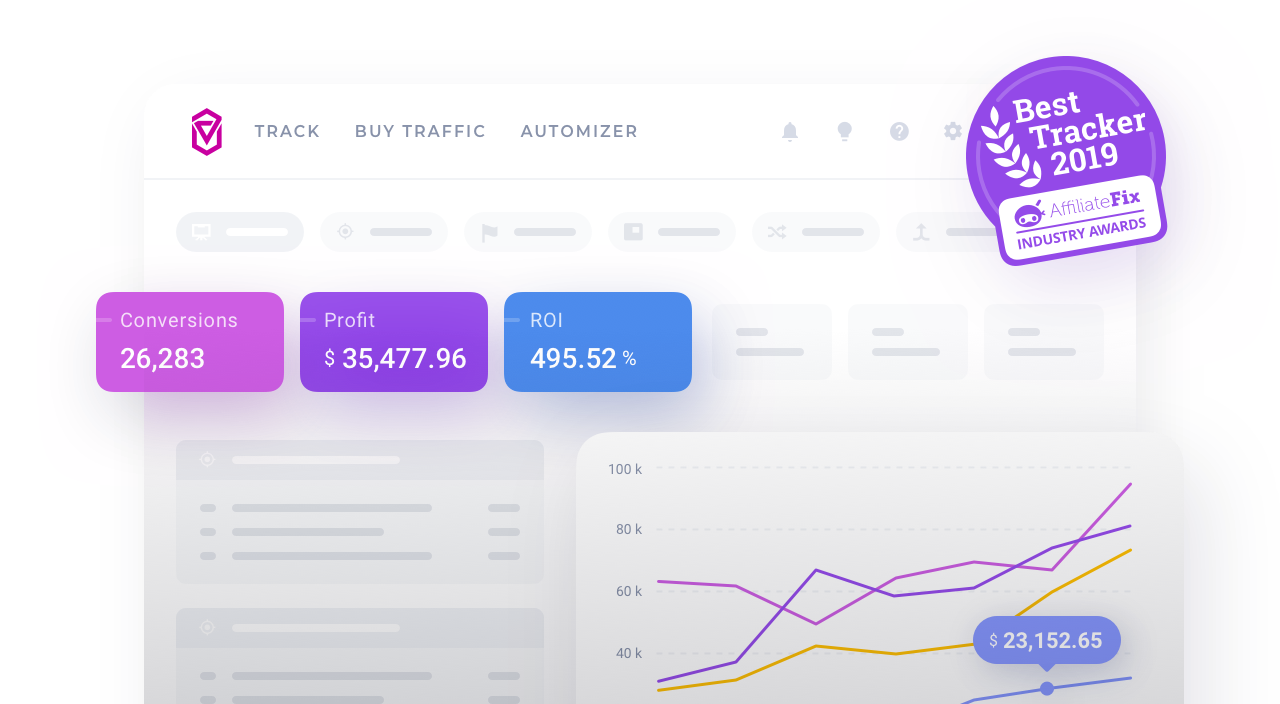Time-To-Convert Metrics
Time-To-Convert metrics focus on the time it took a visitor to convert after clicking an advertisement. Common uses cases include tracking app install times or a conversion time for subscription-based offers. Information about a successful app installation is sent on the first app launch.

Time-To-Convert show you two types of information:
- Mean Time-To-Convert: Mean time between impression and installation, i. e. how much time, on average, a visitor is considering taking your offer.
- Time-To-Convert ranges: Number of conversions that have occurred below the Low Time-To-Convert (TTC), between the Low and the High TTC, and above the High (TTC) set thresholds.
This information is available all the time. You can create reports, drill-down into your data to see any variations in the TTC values.
Why Would You Need Time-To-Convert Metrics?
There are two aspects of measuring how much time it takes an average visitor to convert. Both of them are related to identifying potentially unwanted traffic. The first aspect regards to an unusually short conversion time. Bots usually react much quicker than an average human would, so high numbers of conversions below the Low TTC threshold might indicate a large quantity of non-human traffic. The second aspect regards the distribution of the number of visits and clicks over time. Normal visitors react after a certain time, but still while being influenced by your advertisement. Flat, evenly distributed conversion times might also point to bots being responsible for those conversions.
Additionally, you can use MTTC value to learn about your audiences. Knowing how much time it takes an average user to convert might help you tailor your message to the time window that visitor has. This includes shortening your text on a landing page in order not to deter fast-paced users or elaborating more for users that have more time to think about taking your offer.
Turning on Time-To-Convert Metrics Columns
The MTTC feature is a part of the Anti-Fraud Kit. Refer to your pricing plan details to know if you have this feature enabled on your account.
The MTTC values are shown in three separate columns in all global and specific report views. If you do not see those columns, perform the following steps:
- In Voluum, click the Columns button.
- Tick checkboxes next to the Low TTC, Optimal TTC, High TTC and MTTC options in the drop-down menu.
-
Click the Save button.

The columns are now visible:

Using the Time-To-Convert Metrics
Once you enable TTC columns in Voluum, you can learn about the distribution of conversions over time.
Configuring Time-To-Convert Metrics
You can set custom TTC thresholds that will be used to categorize app installations in the Settings view. To learn more how to use it, read the Anti-Fraud Metrics Settings article.
Voluum Note: Changing TTC threshold causes that the incoming traffic characteristics to be checked against newly set thresholds. Past TTC values will NOT be recalculated with those newly set thresholds. Keep that in mind while analyzing variations of TTC values over time. Read the Changing Metric Settings article to learn more.


